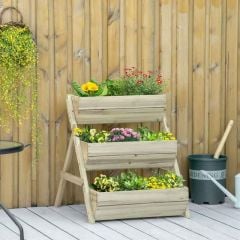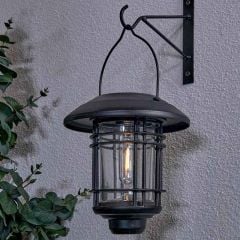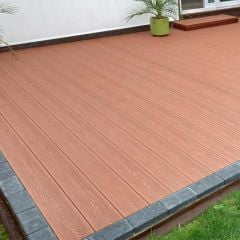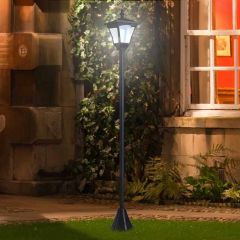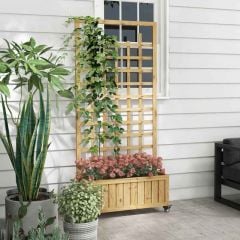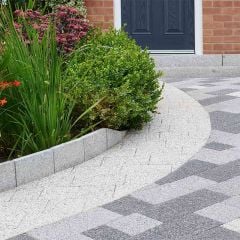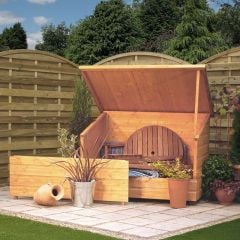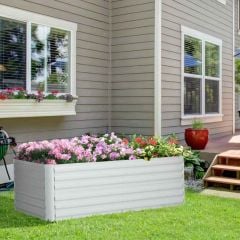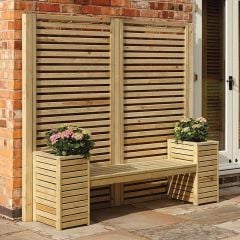As more people aim to reduce their environmental impact, creating a sustainable outdoor space is becoming popular. Whether it's a garden, patio, or balcony, adopting eco-friendly practices can make a real difference. This guide provides all the key elements you need to design a sustainable outdoor space.
What is a Sustainable Outdoor Space?
A sustainable outdoor space focuses on minimising waste, conserving resources, and supporting ecosystems. It uses eco-friendly materials, reduces water use, and promotes biodiversity, creating a functional and relaxing environment that coexists with nature.
Eco-Friendly Garden Essentials
Creating an eco-friendly garden and outdoor involves using eco-friendly products that reduce waste and conserve resources. Here are some key elements to help you create a greener, more eco-conscious garden.
Choose Sustainable Outdoor Surfaces
Traditional concrete patios contribute to water runoff and drainage issues while permeable paving allows effective water drainage, reducing flooding and supporting ecosystems.
On other hand, composite decking, made from recycled plastics and wood fibres is a durable, low-maintenance alternative to traditional timber.
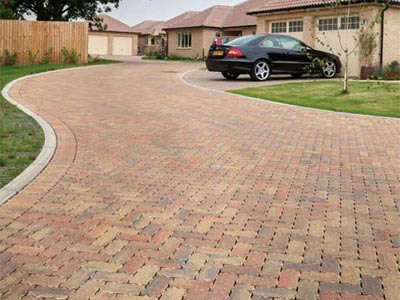

Opt for Sustainable Furniture and Planters
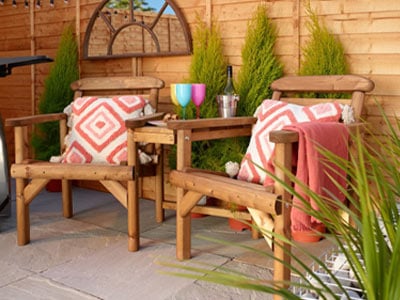

Sustainable garden furniture, and buildings crafted from eco-friendly materials like wood, or upcycled products, helps preserve forests and reduces chemical use.
Similarly, planters and raised beds made from sustainable wood, polished metal or composite materials provide a long-lasting, eco-friendly solution for growing flowers, herbs, and vegetables.
Composting for Waste Reduction
Consider incorporating a compost system to recycle garden waste and kitchen scraps, turning them into nutrient-rich soil for your plants while reducing landfill waste.
By composting organic materials like food scraps, leaves, and grass clippings, you can decrease the need for chemical fertilisers and make your garden more sustainable.
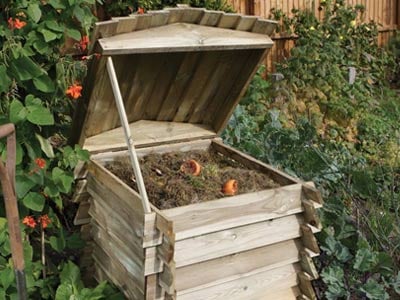

Switch to Solar-Powered Lighting
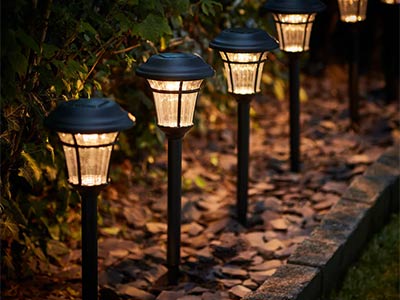

Solar-powered lights use the sun’s energy to provide sustainable, cost-effective illumination.
They reduce electricity use, lower your carbon footprint, and require no wiring or frequent battery replacements, making them an eco-friendly choice for gardens, patios, or pathways.
Environmental Impacts Of Sustainable vs Non-Sustainable Products
Impact
Waste Generation
Ecosystem Impact
Resource Depletion
Chemical Use
Carbon Footprint
Sustainable
Minimal
Positive, supports nature
Minimal with recycled material
Natural, non-toxic
Lower emissions
Non-Sustainable
High landfill waste
Harmful, destroys habitat
Leads to depletion of finite resources
Toxic chemicals
Higher emissions from extraction and production
Conclusion
Creating a sustainable outdoor space is a rewarding way to reduce your environmental impact while enjoying a more eco-friendly garden. By incorporating renewable materials, and minimising waste, you can help protect the planet while enhancing your outdoor living area.
Discover more on how Trading Depot is contributing to environmental sustainability and helping create a greener future - Find out more







